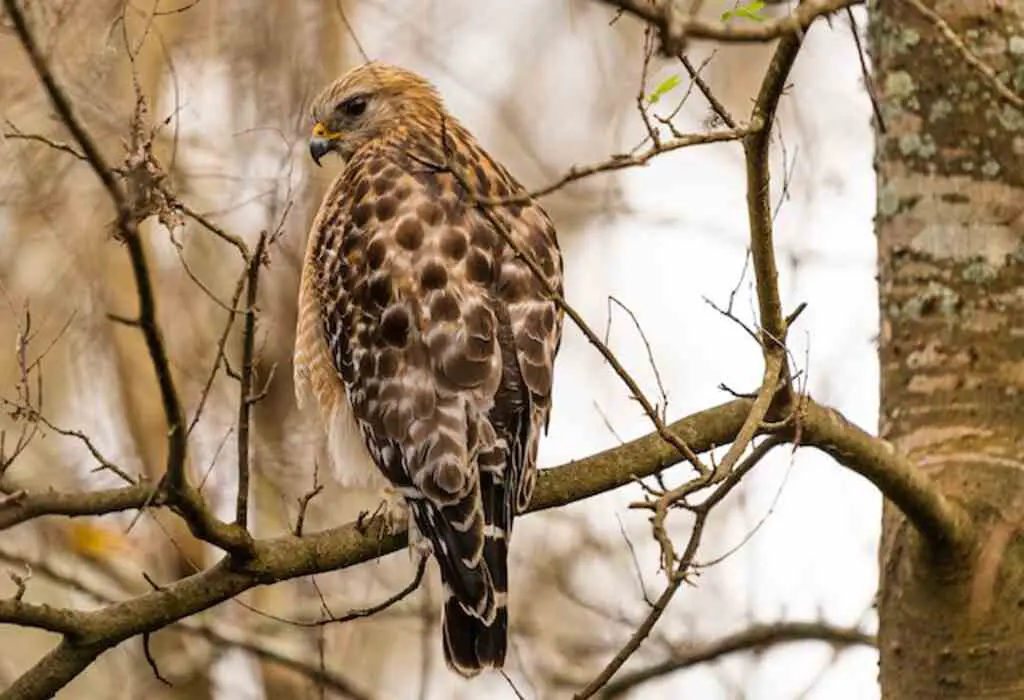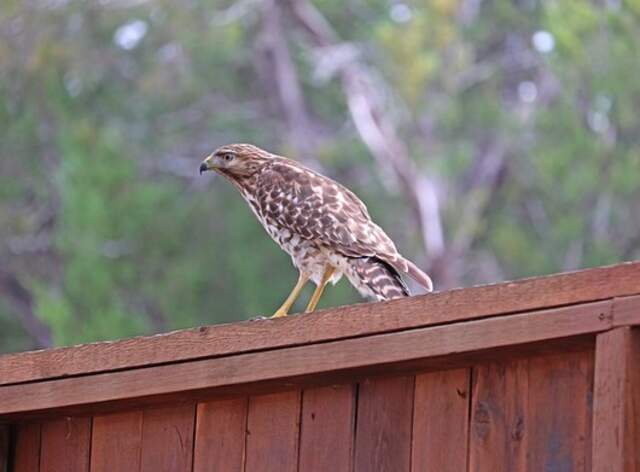Do Hawks Eat Snails? Prepare to be amazed as we unravel the truth behind these fearless hunters and their unexpected culinary adventures. From rodents to insects and even other birds, hawks are known for their diverse palate.
But snails? Yes, snails! Join us on a captivating journey to discover why these slimy delicacies might just be on the menu.
Get ready to soar into the fascinating world of hawks and their surprising dining habits.
Table of Contents
- 1 Key Takeaways
- 2 Overview of Hawk’s Diet and Prey
- 3 Do Hawks Eat Snails
- 4 Evidence of Hawks Eating Snails
- 5 Reasons Why Hawks May Target Snails
- 6 Hawk’s Feeding Behavior
- 7 The Role of Snails in Hawk’s Diet
- 8 The Benefits of Calcium for Hawks
- 9 Contrary Evidence
- 10 Hawk’s Adaptability and Diet Variation
- 11 The Importance of Predators in Ecosystems
- 12 Frequently Asked Questions
- 13 Conclusion
- 14 Author
Key Takeaways
- Hawks are generally carnivorous and opportunistic feeders, but some species do consume snails.
- Snails contain valuable nutrients, including calcium, which may be important for hawks during high energy demands.
- While snails are not a primary food source for hawks, they can capture and consume them.
- Hawks’ adaptability and variation in diet make them formidable predators, playing a crucial role in maintaining ecosystem health and balance.

Overview of Hawk’s Diet and Prey
The diet of hawks is diverse and largely dependent on the species, habitat, and availability of prey in their respective areas.
These birds of prey are known for their exceptional hunting techniques, including soaring, hovering, and diving at high speeds.
They are also opportunistic hunters, meaning they will consume a wide variety of prey, including mammals, birds, reptiles, and insects.
However, the impact of habitat loss and degradation has affected the foraging behavior and dietary patterns of hawks, leading to changes in their feeding habits.
Despite this, there is limited evidence of hawks eating snails, as they are not a common prey item for these birds.
Nonetheless, further research is needed to fully understand the dietary preferences of hawks and their impact on prey populations.
Do Hawks Eat Snails
While hawks are primarily carnivorous and typically feed on rodents, insects, and other birds, there is evidence suggesting that some species of hawks do consume snails.
However, snails are not a typical prey item in a hawk’s diet, and their consumption may depend on factors such as prey availability.
Hawks are adaptable hunters, and their diet can vary based on their ecosystem.
Evidence of Hawks Eating Snails
Evidence shows that hawks have been observed consuming gastropods, including snails. While it is not a typical prey item, snail consumption may provide nutritional value to hawks.
Here are three reasons why hawks may target snails:
1) Snails contain high levels of calcium, which is essential for bone growth and maintenance in birds of prey.
2) Snails are a good source of protein, which is necessary for muscle development and energy production.
3) Snails also contain other important nutrients, such as iron and magnesium.
However, it is important to note that snail consumption is not a primary food source for hawks and may only occur occasionally.
Further research is needed to fully understand the extent of snail consumption by hawks and the implications it may have on their overall diet and health.
In the next section, we will explore possible reasons why hawks may target snails.
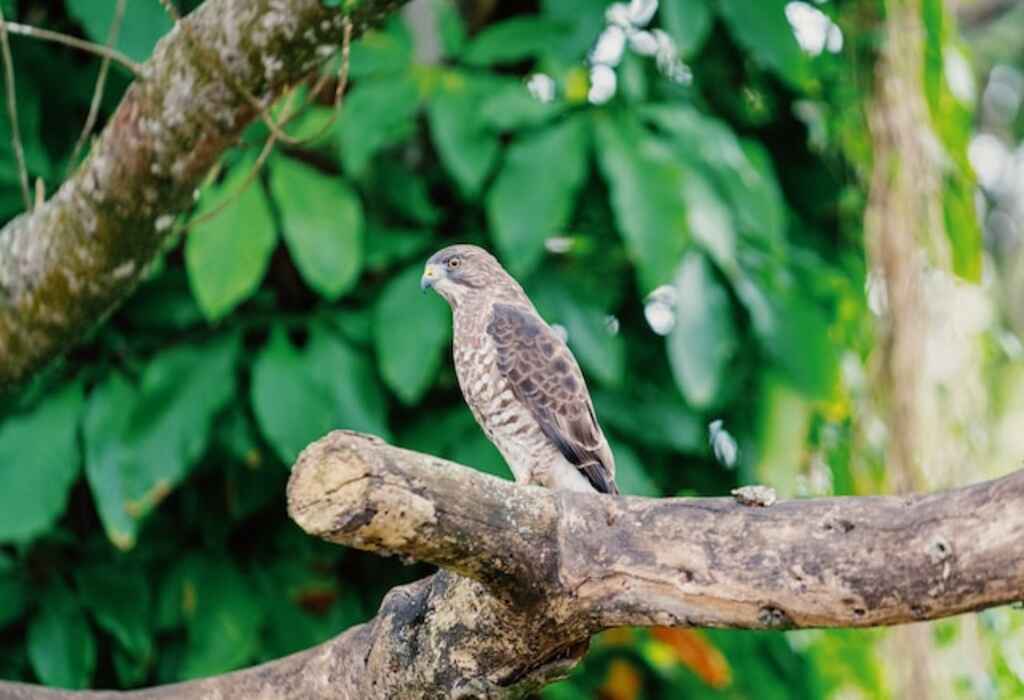
Reasons Why Hawks May Target Snails
Examining the potential benefits of snail consumption for birds of prey, including hawks, can shed light on the ecological and evolutionary factors that shape their foraging strategies.
Snail consumption can provide hawks with a source of essential nutrients such as calcium, which is crucial for bone formation, and protein, which is important for muscle growth and repair.
Moreover, snails are known to contain high levels of iron, which is necessary for oxygen transportation in the blood.
The nutritional value of snails may be particularly important for hawks during periods of high energy demands, such as breeding and migration.
Additionally, snails are often abundant in certain habitats, such as grasslands and wetlands, which are also favored by hawks as foraging locations.
Therefore, the availability of snails in these habitats may influence the foraging behavior and habitat selection of hawks.
Understanding the role of snail consumption in the diet of hawks can provide insights into the complex relationships between predators and their prey, and the factors that shape their ecological interactions.
This highlights the importance of considering the nutritional and ecological factors that drive foraging strategies of hawks and other birds of prey.
The next section will explore the feeding behavior of hawks in more detail.
Hawk’s Feeding Behavior
By observing the hunting tactics of hawks, researchers can compare their feeding behavior to that of other birds of prey, like eagles and falcons, and gain insight into the predatory adaptations that enable hawks to successfully capture their prey.
Hawks have evolved certain physical and behavioral characteristics that make them efficient hunters, such as sharp talons, keen eyesight, and the ability to fly at high speeds.
They are opportunistic predators and will eat a wide range of prey, from rodents and snakes to insects and even fish.
When hunting, hawks will typically perch on a high vantage point and scan the surroundings for potential prey.
Once they spot a target, they will swoop down and grab it with their talons, using their sharp beaks to kill it quickly.
While hawks are not known to commonly eat snails, their feeding behavior and predatory adaptations make them capable of capturing and consuming these slow-moving mollusks.
The role of snails in hawk’s diet will be explored in the subsequent section.
The Role of Snails in Hawk’s Diet
Snails, despite being an unconventional prey for birds of prey, can provide valuable nutrients for hawks and may play a role in their overall diet.
Hawks are known to prey on a variety of animals including rodents, reptiles, and insects. However, snails can also be a source of nutrition for hawks.
Snails are rich in protein, calcium, and other essential minerals and vitamins that are important for a hawk’s growth and development.
In fact, some hawks have been observed using their sharp talons to break open the shells of snails and extract their soft bodies.
This may not seem like a substantial meal for a large bird of prey, but when food sources are scarce, snails can provide a much-needed source of sustenance.
It’s important to note that snails should not be the sole source of nutrition for hawks, as they also require a diet that is rich in other types of prey.
Nevertheless, snails can be a useful addition to a hawk’s diet and should not be overlooked as a potential food source.
Moving forward, it’s essential to understand the benefits of calcium for hawks, which will be discussed in the subsequent section.

The Benefits of Calcium for Hawks
Calcium is an essential nutrient for avian species, with one study finding that calcium deficiency was present in up to 60% of wild bird populations.
It plays a crucial role in the development of strong bones and eggshells, as well as muscle function and nerve transmission.
Hawks are no exception to this rule, as they require calcium to maintain their physical health and hunting abilities.
Interestingly, hawks have been observed to selectively prey on species that are high in calcium, such as small mammals, birds, and reptiles.
This suggests that hawks may have a natural instinct to seek out sources of calcium in their diet.
Calcium absorption is also important for hawks, as a lack of calcium absorption can lead to weakened bones and poor muscle function.
A study conducted on captive hawks found that increasing dietary calcium led to higher calcium absorption rates.
This highlights the importance of prey selection for hawks, as they must consume prey that is high in calcium to maintain their health and hunting abilities.
However, there is contrary evidence suggesting that hawks may not require as much calcium as previously thought.
Contrary Evidence
There is evidence that challenges the notion that hawks require large amounts of calcium for optimal health and hunting abilities. Exploring contradictions to this theory has led to alternative ideas about hawk nutrition.
Some of the contradictory evidence includes observations that hawks in the wild have been found to have lower levels of calcium in their bones than those in captivity, which suggests that their nutritional needs may not be as high as previously thought.
Additionally, studies have shown that hawks can survive and even thrive on diets that are deficient in calcium, indicating that they may have a greater adaptability to varying nutritional circumstances than previously believed.
Other researchers have suggested that the importance of calcium in the hawk diet may have been overstated, and that other nutrients and factors, such as vitamin D, may be just as important or even more critical to hawk health and hunting success.
These alternative theories suggest that there is still much to learn about hawk nutrition and that our understanding of their dietary needs may be more complex than previously thought.
Moving forward, it will be important to continue exploring these contradictions and alternative theories to gain a more complete understanding of hawk nutrition and how it impacts their health and behavior.
This will be particularly important as we seek to understand how hawks are adapting to changes in their environment and how their diets may be impacted by these changes.
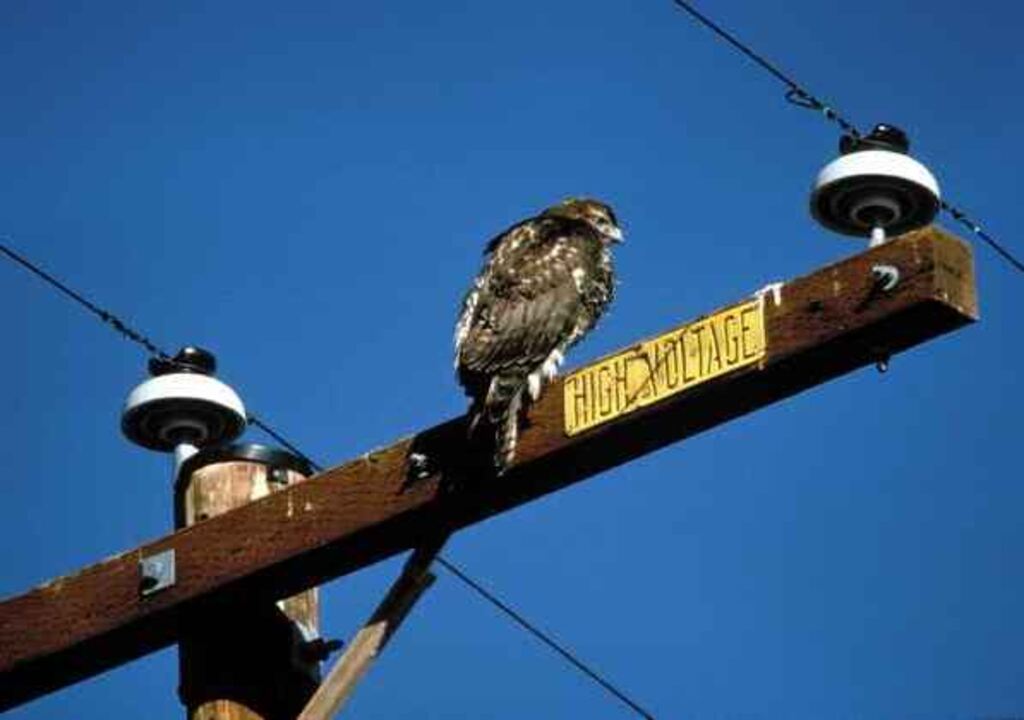
Hawk’s Adaptability and Diet Variation
While there may be some evidence to suggest that hawks do not typically eat snails, it is important to consider the adaptability and variation in a hawk’s diet.
Hawks are known for their ability to adapt to different habitats and prey, which makes them a formidable predator in many ecosystems.
This adaptation is due in part to their varied diet, which can include small mammals, birds, reptiles, and even insects.
Additionally, hawks have been known to vary their diet based on the availability of prey in their environment.
While snails may not be a primary food source for hawks, it is possible that they may consume them if other prey is scarce.
It is also important to consider the defense mechanisms that snails have developed, such as their hard shells, which may make them less appealing to predators.
Overall, the adaptability and diet variation of hawks highlight their importance as key predators in many ecosystems.
As we will see in the subsequent section, understanding the role of predators like hawks is crucial in maintaining a healthy and balanced ecosystem.
The Importance of Predators in Ecosystems
Predators play a crucial role in maintaining the health and balance of ecosystems, and understanding their importance is essential.
Predator-prey relationships are a fundamental part of ecosystem balance, as predators keep prey populations in check and prevent overgrazing or overconsumption of resources.
Additionally, predators can have indirect effects on ecosystems by affecting the behavior and distribution of their prey, which can in turn impact the entire community.
For example, the presence of a predator can cause prey to alter their feeding patterns or avoid certain areas, which can lead to changes in vegetation or habitat structure.
This highlights the importance of maintaining healthy predator populations in order to preserve the overall health and integrity of ecosystems.
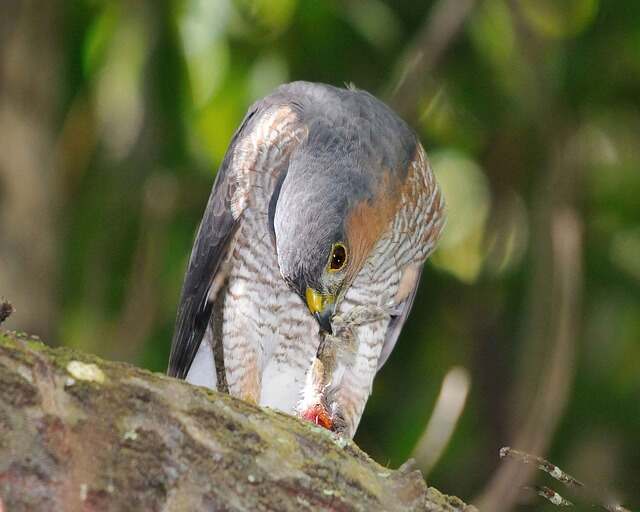
Frequently Asked Questions
What is the lifespan of a hawk?
Hawks are adaptable predators with varying lifespans, dependent on species and environmental factors. Their diet comprises small mammals, reptiles, fish, and birds. Predator adaptations, such as sharp talons and keen vision, aid in successful hunts.
How do hawks hunt for their prey?
Hawks employ a range of hunting techniques, including soaring and hovering, to locate prey. Prey selection strategies vary by species, with some specializing in small rodents and others targeting larger birds. These techniques allow hawks to efficiently locate and capture prey in their natural habitats.
What is the average size of a hawk’s clutch?
Hawks exhibit clutch size variability, with the average clutch size ranging from 1 to 6 eggs depending on factors such as species, geographic location, and food availability. Understanding these factors can shed light on the reproductive strategies of these raptors.
What is the difference between a hawk and an eagle?
Hawks and eagles are both birds of prey, but differ in size, shape, and hunting techniques. Eagles have larger wingspans and hunt larger prey, while hawks have shorter wingspans and hunt smaller prey. Both species use their sharp talons to capture their prey.
How do hawks communicate with each other?
Hawks communicate with each other using a combination of vocalizations and body language. They also employ hunting techniques and survival skills to catch their prey, such as using high speed dives or stealthy approaches. These skills reflect their freedom as skilled hunters in the wild.
Conclusion
In conclusion, hawks are adaptable predators that have a varied diet, including birds, mammals, reptiles, and insects. While snails are not a primary food source for hawks, there is evidence to suggest that they may occasionally target them.
The reasons for this behavior are not entirely clear, but it could be related to the nutritional benefits of calcium found in snail shells.
Despite the lack of conclusive evidence regarding hawks and snails, it is clear that predators play a crucial role in maintaining balanced ecosystems.
Just as hawks rely on a diverse range of prey to survive, ecosystems rely on the presence of predators to regulate population numbers and maintain biodiversity.
As such, hawks and other predators can be seen as the ‘shepherds’of their ecosystems, guiding and shaping them to ensure their continued health and vitality.

